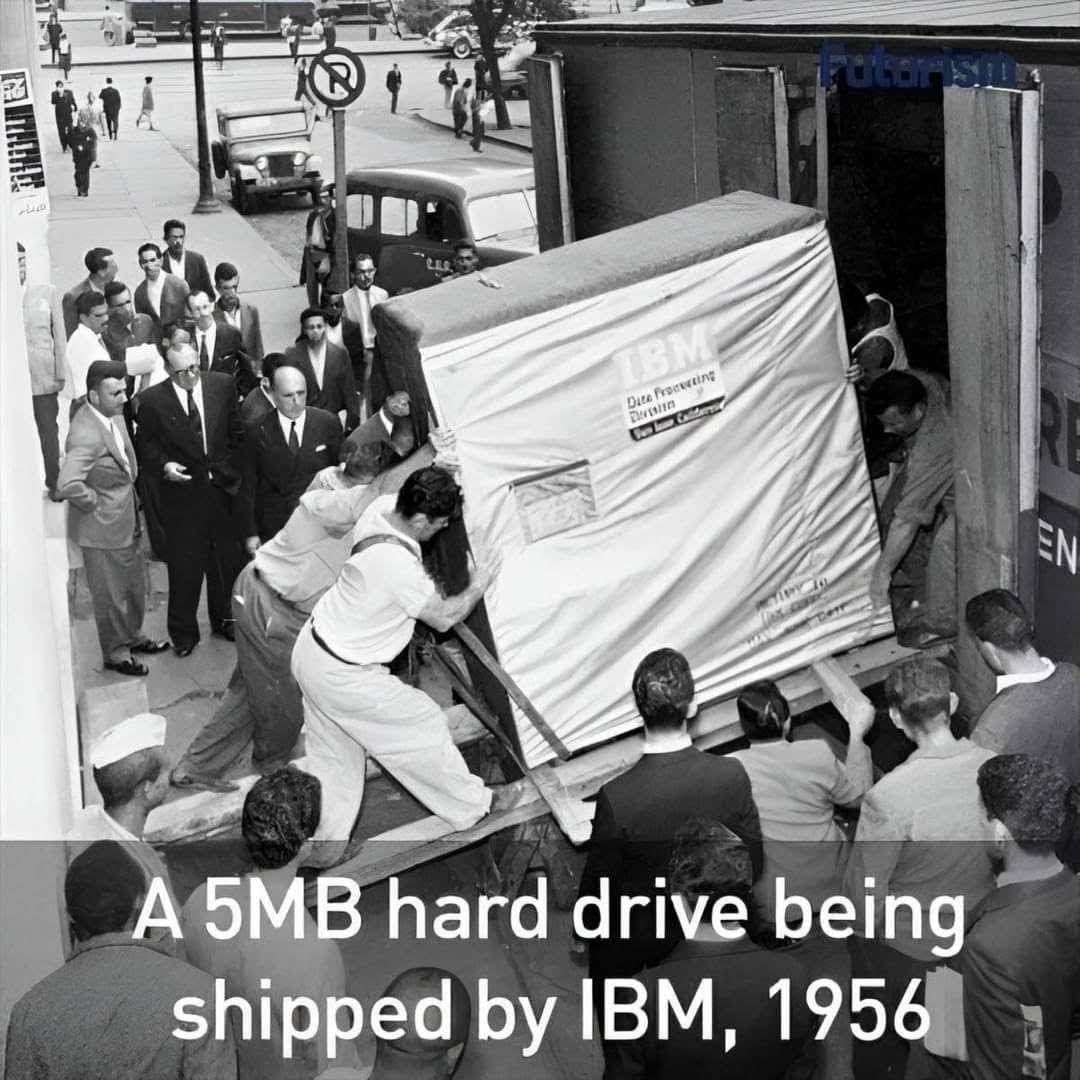When I started in software, my first employer was just phasing out punched cards for programming. One of my jobs was to work out how programming would be done using terminals instead of the old workflow of submitting coding sheets to card-punch operators who would then pass the jobs on to operations. Typically you’d find out if your code compiled the next morning. There was a big basket by the computer hall where they’d deposit your card deck and a massive printout on fanfold paper of the job status and (if it went tits up) the stack dump.
By that time (late 1970s), cards had sequence numbers (usually numbered 10, 20, 30 so you could interpolate a few cards if need be). If you dropped a deck on the floor, you had to carefully gather them back up (so they wouldn’t get bent or torn), feed them into a card sort machine, and wait until the deck was sorted. You could also run a special batch job to clone a card deck, for example if you wanted to box it up and ship it to another location.
The big challenge with cardless programming was that computer reliability wasn’t great in those days, so you needed reliable persistent storage of some kind. That was generally magnetic tape. Disk drives were way too expensive, and optical disks hadn’t been widely adopted yet. So to save your work, you used tar or some non-/Unix-OS equivalent. There was version-control software, but it was primitive (rcs, which later had svn built over it).
On the positive side, you could compile and build without an overnight wait.
Wouldn’t it look the same printed out today? Aren’t punch cards just binary?
maybe you missed the point

Is the nice lady still inside?
With all the onlookers.

Who is this programmer?
i copied that image from the article of the post without reading that article itself. But, since you asked, i went in that article … and all i could find is this :
The image of 62,500 punched cards neatly stacked in rows serves as a reminder of the immense physicality involved in early computing.
So, unfortunately, the nice lady might just be a “banana for scale” here 😯 !
She looks like she KNOWS you’re thinking of taking one single punchcard from the middle of the pile, thus rendering the whole thing useless.
And she’s not having your shit.
All your need to do is drop in one card randomly with all the holes punched out to screw up those things… there was a name for doing that to be a dick but I forgot and am drunk right now so I don’t feel like looking it up.
one can number them with a pen, and then find the missing one or guess what was there
Ooohh, did they have any redundancy in them?
Yes, it’s called human brain. If it makes sense that a missing punch card would contain jump to address from some register, then make another one such.
I’m joking.
Yes, she certainly has the look of someone who knows what a huge amount of work these piles of cards represent. There would have been no turbulent kids running around these.
Look at those forearms. Absolutely she knows how much work this is. Also absolutely she numbered them all in pencil.
She lives in the Mary Poppins house and has to stabilize her stack of cards like this every time the neighbour fires the canon.
The average modern website takes more than this per page to display its content… it’s absurd.
The average modern website steals more personal data than this from you when you visit
And most can be replaced with nothing with no loss in value
Seems about right. One card had 80 columns, a byte for each one, so 5,000,000 bytes divided by 80 would be 62,500 cards.
The IBM 503, the last valve computer, that Cobol and Fortran, the first languages were developed on, had 20 bit words.
So an 80 column card could fit 4 words across. Thats why teletypes and terminals had 80 coulmns of text - so they were the same size as punch cards.
Fortran only used 72 columns, so the last 8 were unused.
It seems weird, but on early computers bytes were not based on multiples of 8 or 4 (like 8 but, 16 bit, 32 bit etc). Some computers had 15, 10, 7, 25, even 50 bit words.
I remember our first personal computer had 40 columns on the screen, but we ended up getting an 80 column graphics card for it.
I taught myself basic, but the first language I took in college was fortran, and it was on cards. A bit of an aberration: they had moved on to somewhat more modern equipment, but the lab was being upgraded, so they reverted you the card system for a semester temporarily. It was out of date, but not wildly so at the time.
One line of code was called a card - - if I remember correctly that was 1,000 years ago, maybe less, i’m not sure now 😆. Thanks for recalling me the 80 characters per line, fond memories, takes me way back.
Well, it might or not be a line of code - depends a lot on the language. It’s 80 bytes, and a byte is one character. You could have continuation cards if your line was more than 80. That wasn’t ever needed for assembly language, rarely for Fortran, but very common for COBOL.
I’m over here managing a local back up of about half a TB of pics and videos. Also - I moved from Google Photos to Ente. So much data and I know people out there have way more than I do. Crazy to think about.
With that even less you could run the internet
It still looks like that but it did then, too.
What would be truly amazing would be a 5MB variant of this picture so no matter what it always looks like 5MB






